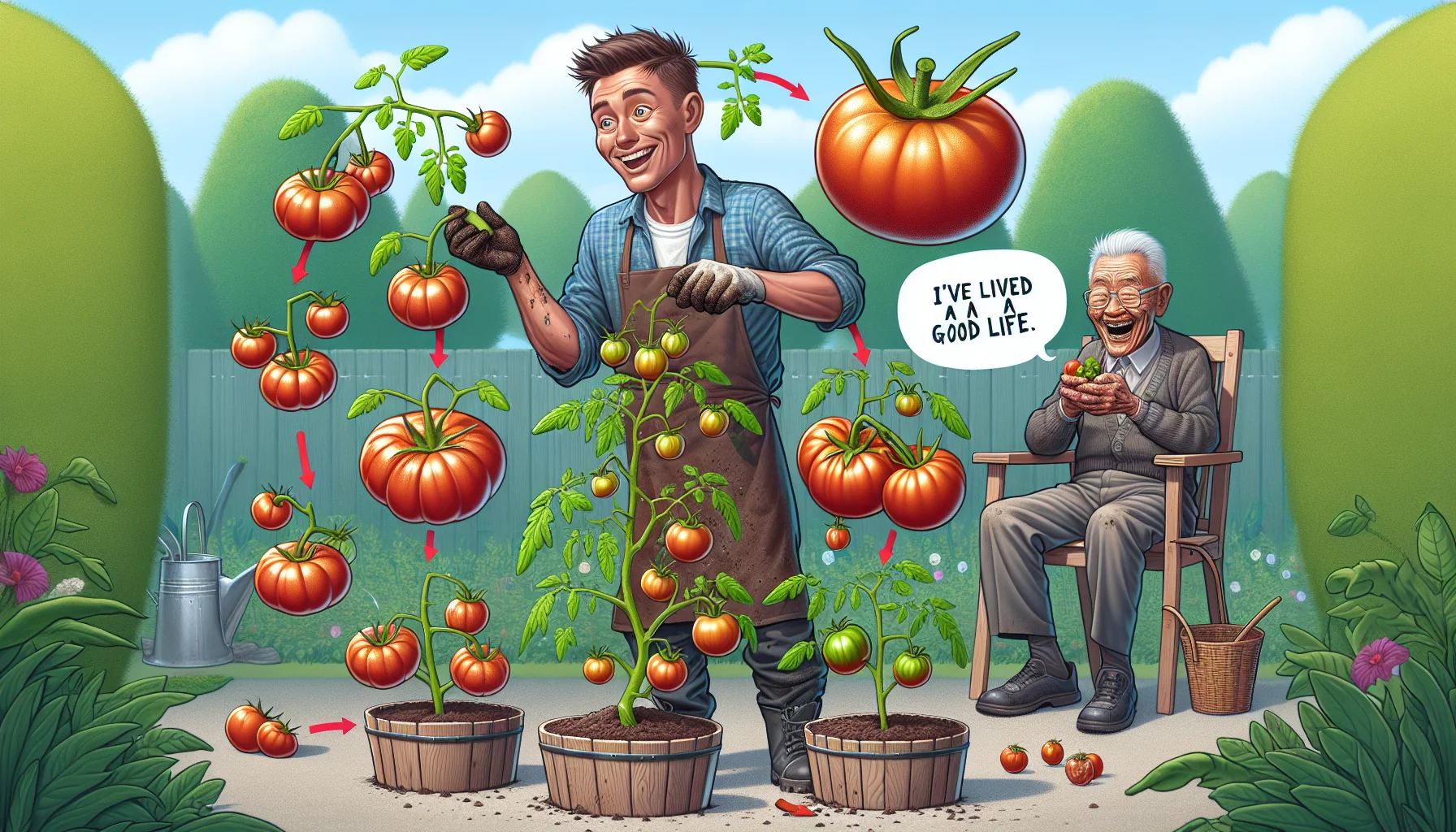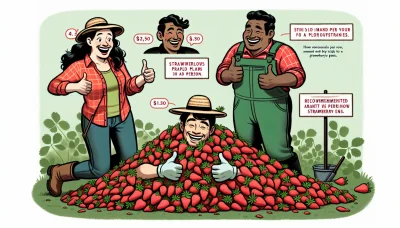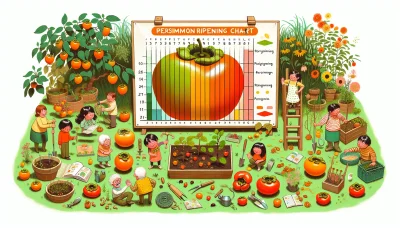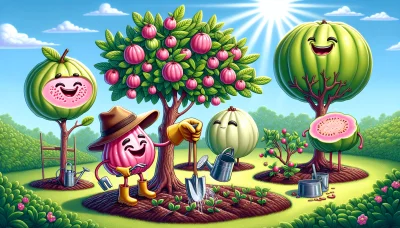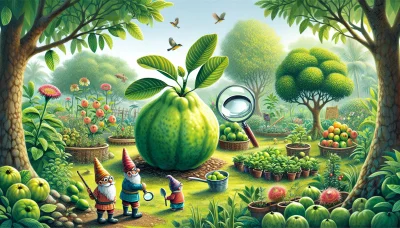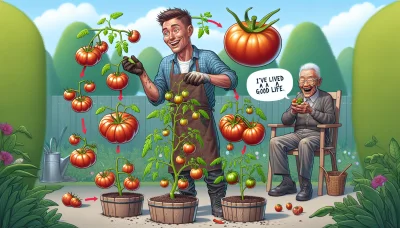How long do tomato plants live Quiz
Test Your Knowledge
Question of
How Long Do Tomato Plants Live?
Tomato plants, typically grown as annuals in most gardening zones, generally have a lifespan that extends through a single growing season, which can last anywhere from 6 to 8 months depending on the climate and conditions. However, it's worth noting that tomato plants are technically perennials in their native tropical environments, where they can live and produce fruit for several years. In temperate regions, though, gardeners usually treat them as annuals due to frost and other cold weather conditions that can kill the plants.
Types of Tomato Plants
- Determinate: These varieties are also known as "bush" tomatoes. They grow to a compact height (usually 3-4 feet) and stop growing when fruit sets on the top bud. All the tomatoes from the plant ripen at approximately the same time (over a period of 1-2 weeks). They are ideal for canning and making sauce.
- Indeterminate: Known as "vining" tomatoes, these plants continue to grow and produce fruit throughout the growing season until killed by frost. They can reach heights of up to 6 feet or more and require staking or caging for support. Indeterminate varieties are great for fresh eating since they produce a steady supply of tomatoes.
- Dwarf Varieties: These are a newer category of tomato plants that are bred to be compact like determinate varieties but have the continuous fruit production characteristic of indeterminate varieties. They are ideal for container gardening and small spaces. Dwarf varieties can vary in height but generally do not grow taller than 2-3 feet.
Factors Affecting Tomato Plant Lifespan
The lifespan of tomato plants can be significantly influenced by a variety of factors, including climate, care, and disease. Climate plays a crucial role as tomatoes thrive in warm, well-lit environments; extreme temperatures, either too hot or too cold, can adversely affect their growth and longevity. Care is another critical factor, encompassing proper watering, fertilization, and spacing to prevent overcrowding and ensure adequate air circulation. Lastly, diseases such as blight, fusarium wilt, and tobacco mosaic virus, along with pest infestations, can severely shorten a tomato plant's life. Understanding and managing these factors can help in extending the life of tomato plants, ensuring a healthy and productive garden.
Extending the Life of Your Tomato Plants
- Water Deeply but Infrequently: Ensure your tomato plants receive enough water by watering them deeply, allowing the moisture to reach the roots where it's most needed. Aim for 1-2 inches per week, adjusting based on rainfall and temperature.
- Mulch to Retain Moisture: Apply a 2-3 inch layer of organic mulch around your plants. This helps retain soil moisture, regulate soil temperature, and reduce weed competition.
- Practice Crop Rotation: Avoid planting tomatoes in the same spot year after year. Rotating your crops helps prevent the buildup of soil-borne diseases.
- Use Support Structures: Support your tomato plants with stakes, cages, or trellises. This keeps the plants off the ground, reducing the risk of disease and making it easier for the plant to access sunlight.
- Fertilize Appropriately: Use a balanced, slow-release fertilizer to nourish your plants. Over-fertilizing can promote more foliage at the expense of fruit and can also increase the risk of disease.
- Prune Regularly: Prune your tomato plants to remove dead or diseased foliage and to improve air circulation. This helps reduce the risk of fungal diseases.
- Monitor for Pests and Diseases: Keep an eye out for common pests and diseases that affect tomato plants, such as aphids, tomato hornworms, and early blight. Use appropriate organic or chemical controls as needed.
- Choose Disease-Resistant Varieties: When selecting tomato plants, look for varieties that are resistant to common diseases. This can significantly reduce the need for chemical interventions.
- Adjust Watering as Fruit Sets: Once tomatoes begin to fruit, slightly reduce watering to encourage the fruit to ripen. Too much water at this stage can dilute the flavor of the tomatoes and lead to splitting.
- Harvest Regularly: Regularly harvesting ripe tomatoes encourages the plant to produce more fruit. It also reduces the burden on the plant, allowing it to direct energy towards new growth.
Common Problems and Solutions for Tomato Plants
| Problem | Symptoms | Suggested Solutions |
|---|---|---|
| Blossom End Rot | Dark, sunken spots on the bottom of the fruit | Ensure consistent watering; apply calcium to soil |
| Early Blight | Yellowing leaves that develop dark spots | Remove affected leaves; apply fungicide; improve air circulation around plants |
| Tomato Hornworms | Large green caterpillars on plants; missing leaves and stems | Handpick caterpillars off plants; use Bacillus thuringiensis (Bt) as an organic solution |
| Spider Mites | Fine webs on plants; yellow, speckled leaves | Increase humidity; rinse plants with water; use miticides if necessary |
| Leaf Spot | Black or brown spots on leaves with yellow halos | Remove affected leaves; avoid overhead watering; apply fungicide |
| Septoria Leaf Spot | Small, circular spots with gray centers and dark edges on leaves | Remove affected leaves; rotate crops; apply fungicide |
Harvesting and Enjoying Your Tomatoes
Knowing the right time to harvest your tomatoes can significantly enhance their taste and your overall enjoyment. The best indicator is their color; tomatoes are ready to pick when they have reached their full color, whether it be red, yellow, pink, or another variety-specific hue. Gently twist the fruit off the vine to avoid damaging the plant. Once harvested, enjoy your tomatoes in a variety of ways. Freshly picked, they can be sliced for sandwiches, chopped into salads, or even eaten as a juicy snack. For a culinary adventure, try making homemade sauces or salsas. The rich flavors of homegrown tomatoes transform any meal into a gourmet experience. Remember, the fruits of your labor are best shared, so consider preparing a meal for friends and family to celebrate the harvest.
